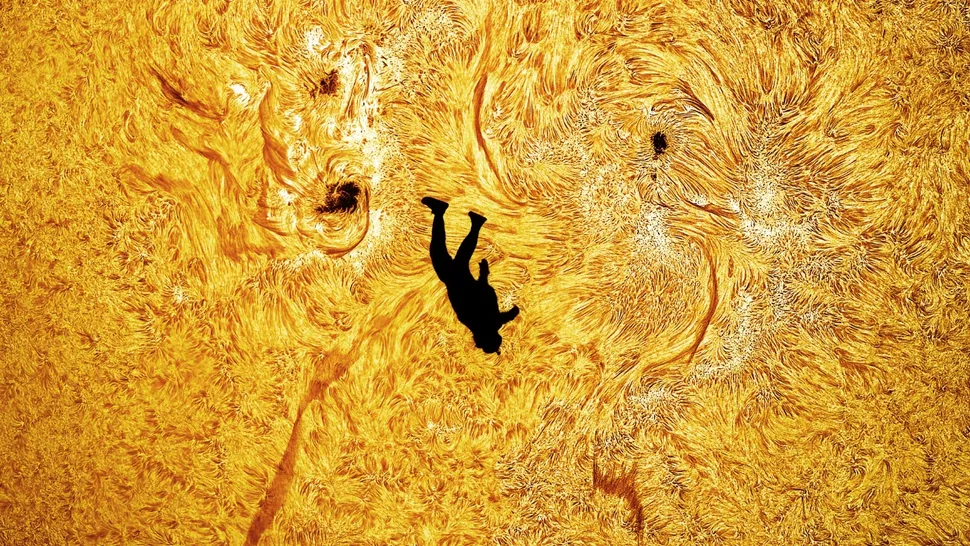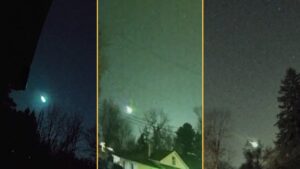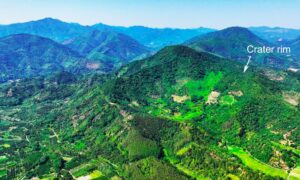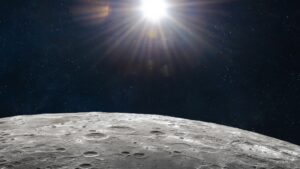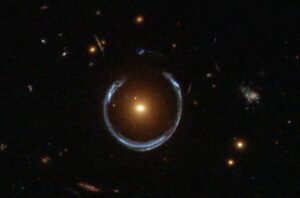It doesn’t look real, at first glance. There must be a green screen right behind the shadowed silhouette of a falling man. It must be AI-generated. But it’s real: a snapshot of a man in freefall, eclipsing the high-resolution surface of the Sun behind him.
How?
Trigonometry preparation
Andrew McCarthy and Gabriel Brown came up with the idea for the shot while skydiving together. They knew it would be near-impossible.
“We had to find the right location, time, aircraft, and distance for the clearest shot, while factoring in the aircraft’s power-off glideslope for the optimal sun angle and safe exit altitude,” wrote Brown on Instagram.
He volunteered to skydive for the project, while McCarthy, an experienced solar astrophotographer, would snap the shot.
Brown posted screenshots of the math involved. In addition to the skydiving complications, the pair needed to calculate how far away the telescope should be to silhouette a man against sunspots and granulation (the pattern on the Sun’s outer atmosphere made by little heat cells bursting).
These sunspots are tens of thousands of kilometers wide and 150 million kilometers away. The shot needed both the skydiver silhouette and the sunspots to be clear and visible. That wouldn’t work if the silhouette is way smaller or larger than the sunspots. They had to fit into the frame at comparable sizes. This was one of the factors that set how far away from Brown the camera had to be. They calculated that the proper distance would be 1.5 miles, or 2.4 kilometers.

The duo’s calculations for the shot. Photo: Gabriel Brown
Four pilots and a paramotor
For maximum precision, McCarthy and Brown hired a paramotor pilot to give Brown a lift. They went through three pilots before finding Jim Hamberlin. Hamberlin was able to steer his paramotor directly in front of an active region on the Sun’s surface. When McCarthy gave the call, Brown jumped from the motor, and Hamberlin revved it up out of the way of the central shot.
Typically, skydivers spend 10 seconds or so in freefall from Brown’s 3,500-foot exit altitude before triggering their parachute. That’s enough time for Brown to have reached terminal velocity at about 200kph — the speed at which gravity balances with air resistance and a skydiver doesn’t accelerate any further. (His head-down position would have given him an even faster terminal velocity, up to 320kph.) McCarthy filmed his freefall on a Lunt 60mm H-alpha camera and snapped single exposures on an ASI 1600mm.
One shot captured Brown’s silhouette and the position of the Sun, but not the details of the solar chromosphere (the Sun’s hot outer atmosphere) or its wider surface. As described in his highly readable write-up of his usual solar photography methods, McCarthy stacked hundreds of exposures. By tracking the Sun’s minute motion through the sky, he prevented blurring while preserving the features of the chromosphere at that moment in time. The solar surface is highly turbulent, so the same sunspots a day later might have moved or faded.
Each exposure only covered a small tile of the solar surface, so for the fully zoomed-out version of the shot, McCarthy pieced them together into a composite image like a mosaic. (In fact, this method of imaging space objects is called mosaicing and is used in both astrophotography and scientific astronomy.)
Filters and focus
No matter how fast the shutter speed, a normal photo of the Sun oversaturates a camera’s detector. That’s why McCarthy used an H-alpha filter for this photo, like he uses for all his solar photography. “H-alpha” refers to a narrow frequency of reddish light that hydrogen emits when it decreases in energy.
With an H-alpha filter in place, photographs of the Sun only take in the outer edge of the chromosphere, where hydrogen is cooling and thus decreasing in energy. It’s a favorite filter of astrophotographers because dramatic features such as sunspots and solar flares form on the chromosphere.
Unlike the chromosphere, humans are largely invisible in H-alpha. They reflect only what stray photons bounce off them from the Sun. That’s why Brown’s falling form stands out like a hole in space.
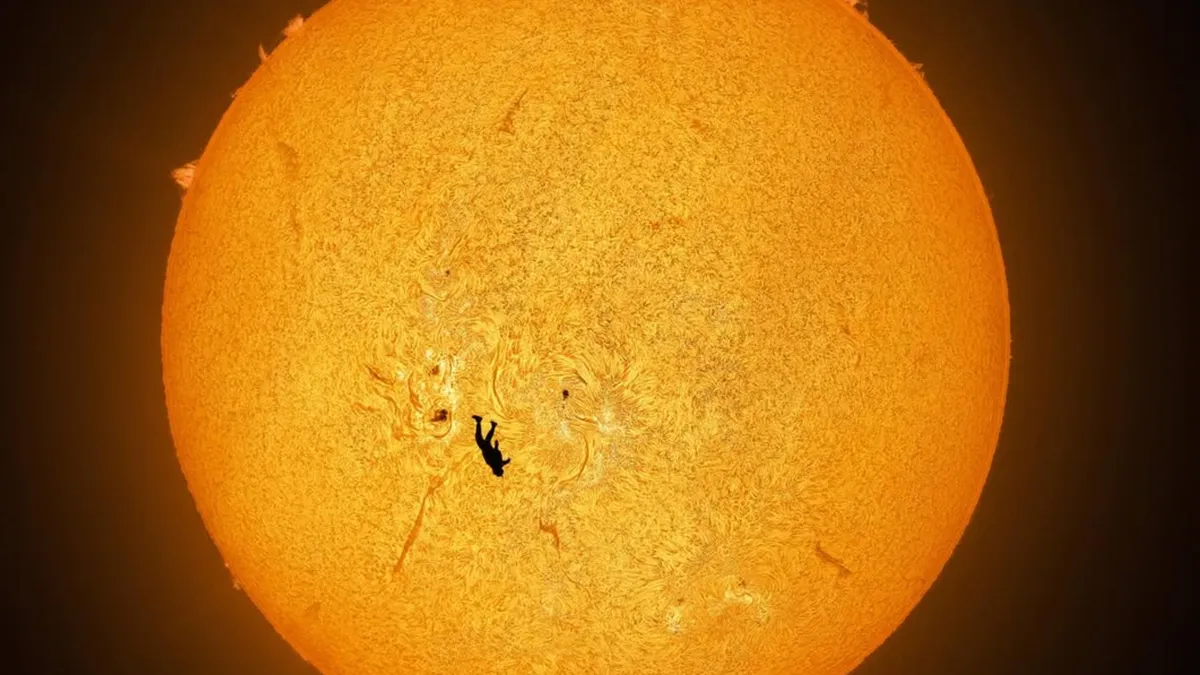
The wide shot of the Fall of Icarus. Photo: Andrew McCarthy
While keeping two objects of different distances in focus is usually difficult, especially with a long lens, McCarthy took the photo so far away from Brown that both he and the Sun came out sharp. They both fell within the so-called zone of focus that photographers are familiar with.
If you’re interested in a print of either the close-up or full versions, you can find them on McCarthy’s store, along with his other work. As for Brown, McCarthy reassured Redditors that he landed safely. And no, he wasn’t anywhere near the Sun.
